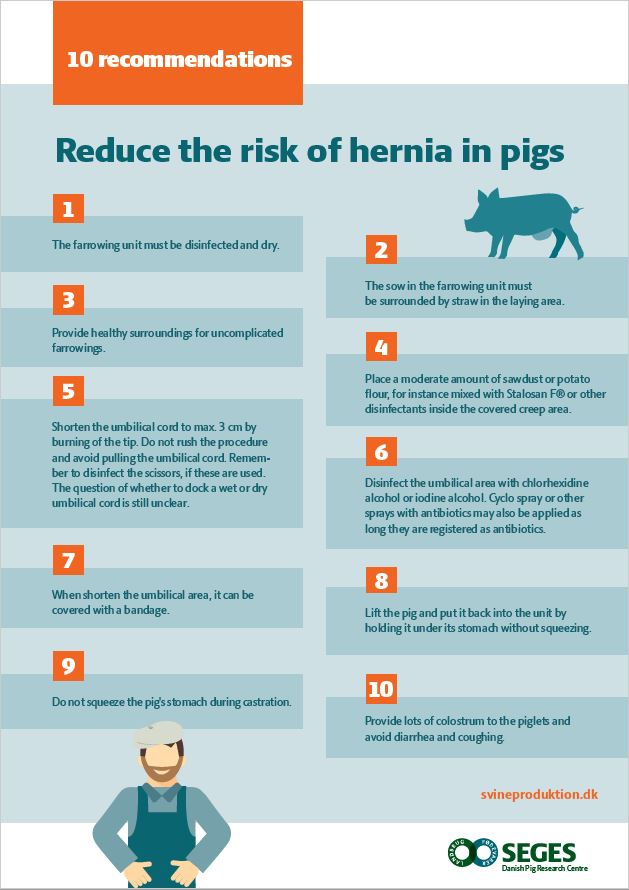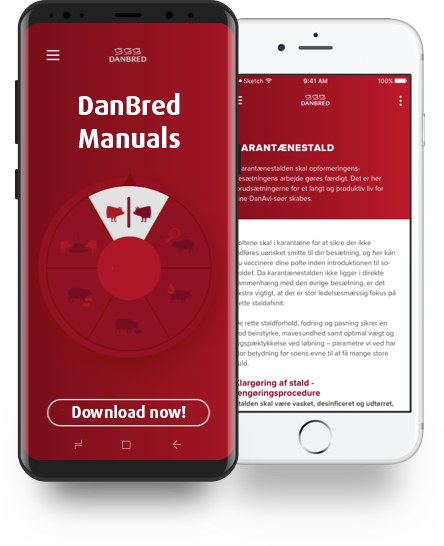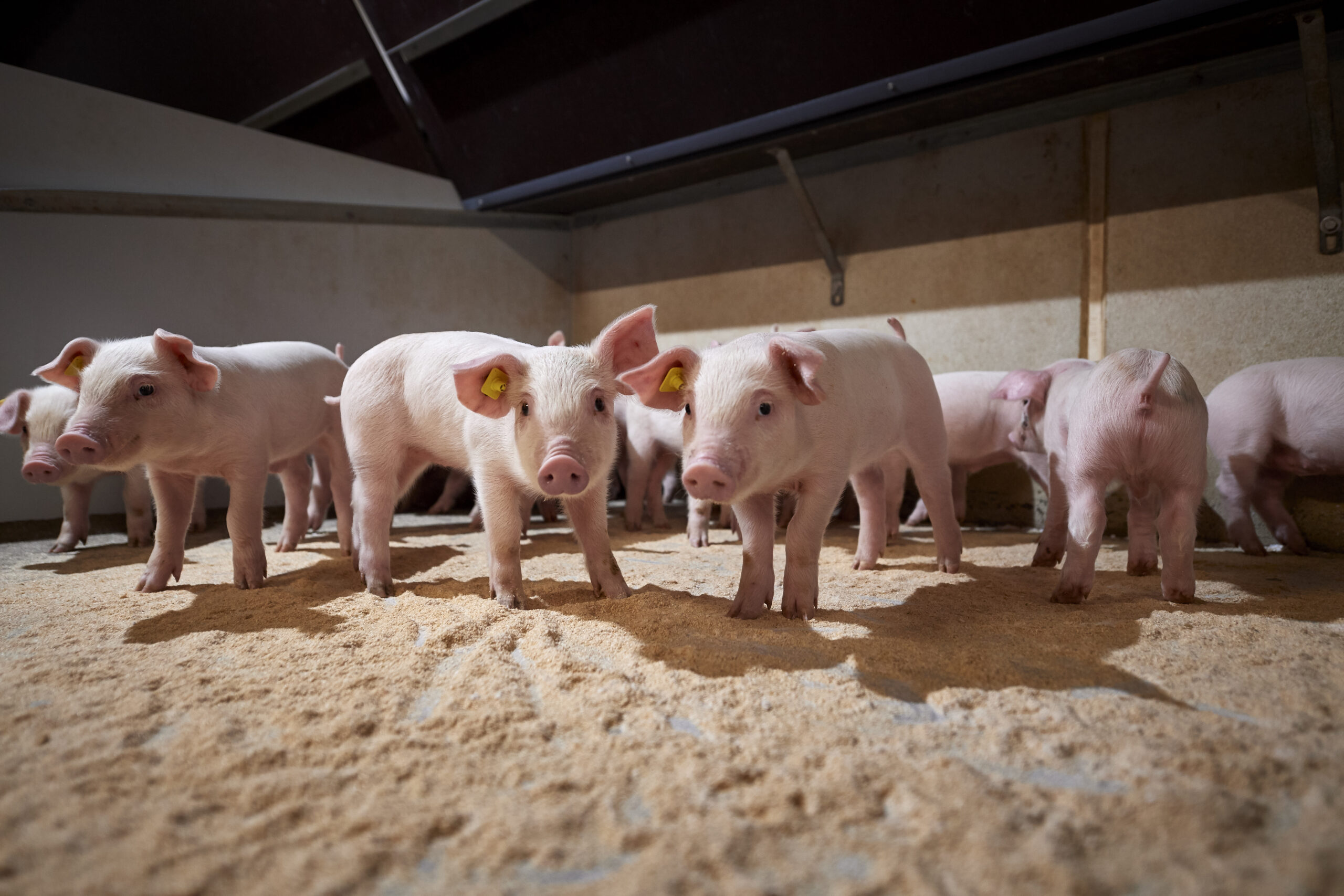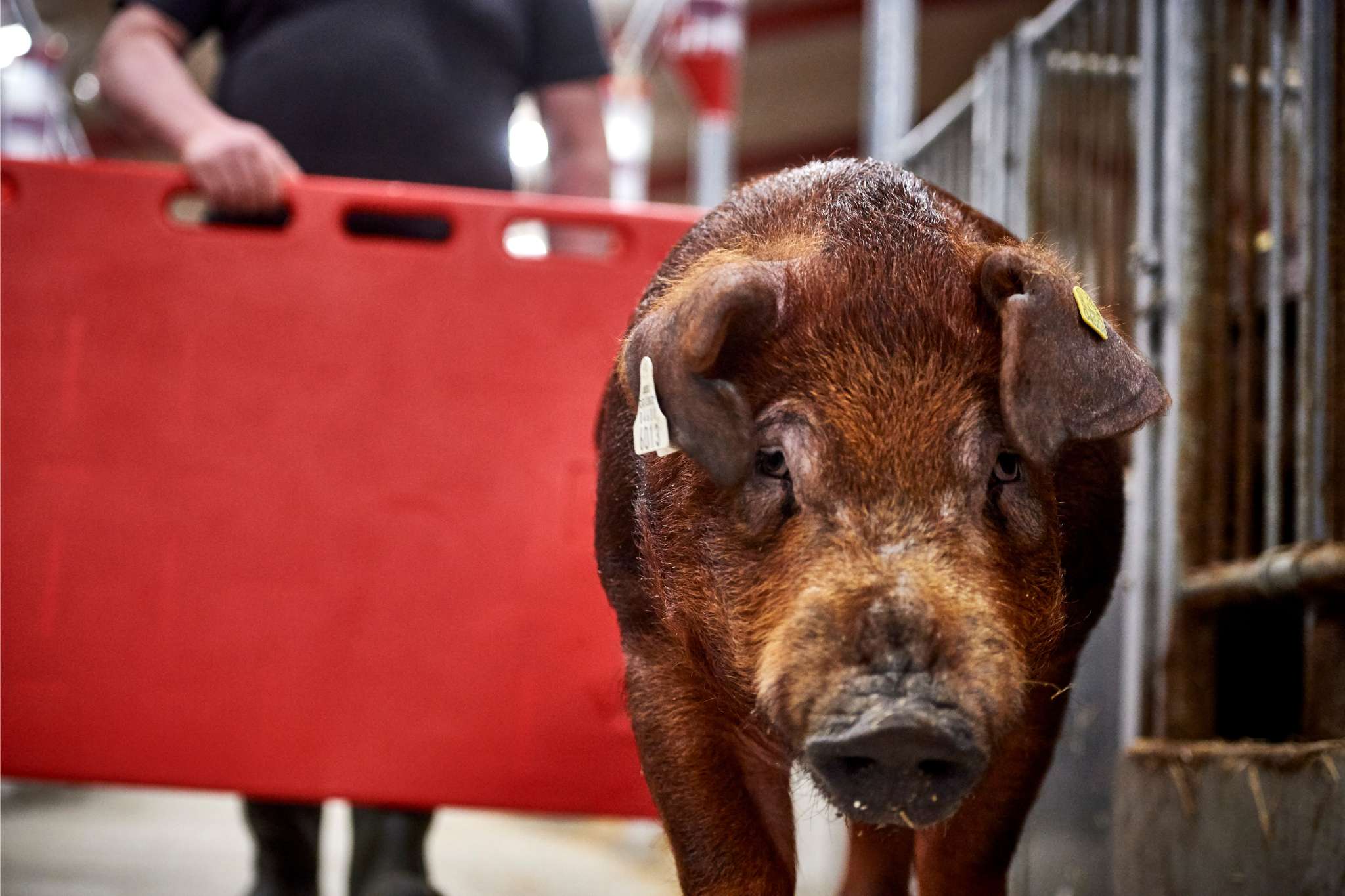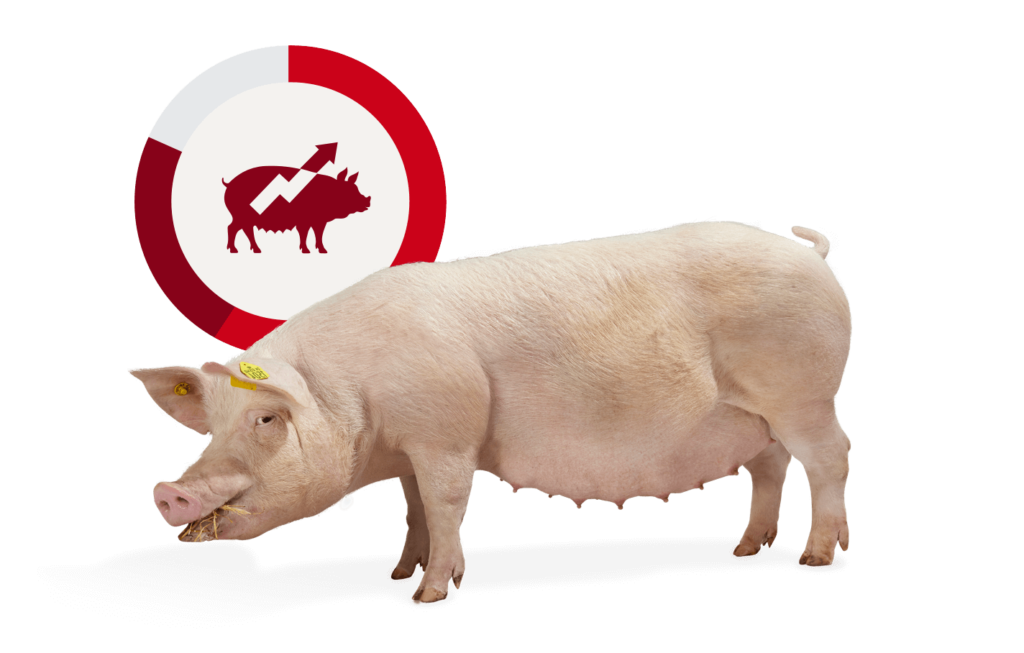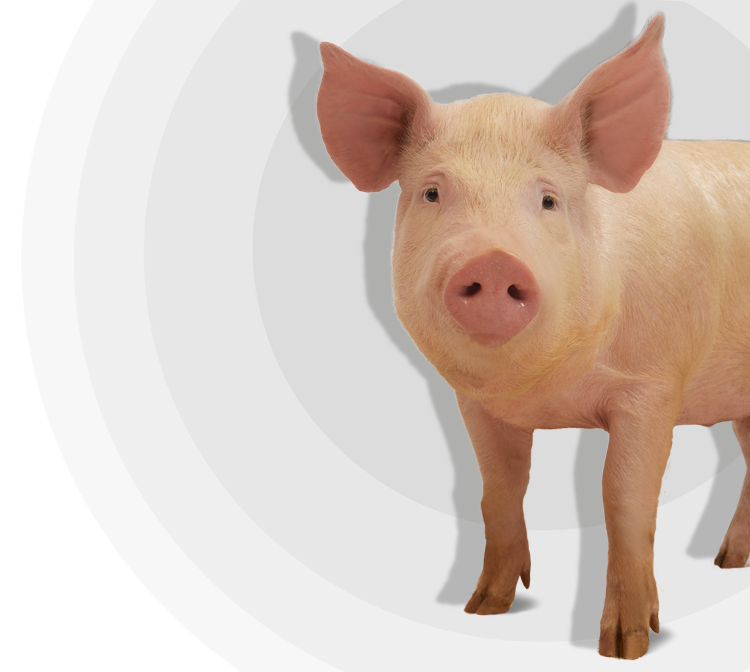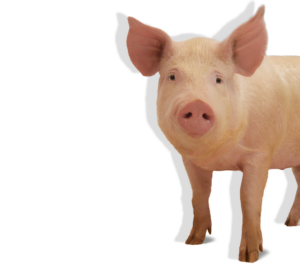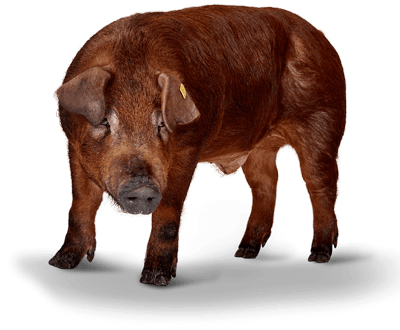The debate in EU about hernia is, once again, highly topical, as transportation of pigs with umbilical hernia has become an object of increasing attention. A number of initiatives in the pig pen and in the breeding can reduce the occurrence of umbilical hernia now and in the future.
By: Lizette Vestergaard Pedersen, Consultant, Danish Pig Research Centre, Breeding & Genetics.
The term umbilical hernia is often used to describe all types of umbilical outpouchings. However, it’s important to be aware that umbilical hernia is only one of several possible causes of umbilical outpouchings. The most common causes of umbilical outpouchings include: Umbilical hernia, abscess, scar tissue and cysts. These different types of umbilical outpouchings may look very much alike on a live pig.
”When it comes to umbilical outpouchings, the extend of the problem varies greatly from herd to herd. Studies have shown that the occurrence varies from 0 to 6%, even though the herds use the same genetics”, says Martin Mølgaard Pedersen from Danish Pig Research Centre.
Focus on healthy and strong pigs
DanBred’s breeding program continuously focuses on improving the pig producers’ productivity, which requires a strong and healthy pig. DanBred’s breeding goal aims at improving the traits in the pig which result in the highest profit for the pig producer. For years, there has been a strong selective pressure on the trait LP5 (Living piglets on day 5 after farrowing), which has been a success and resulted in many viable pigs. However, it also increases the demands on the pig producers’ management of the large litters. The potential of the DanBred pig is great, but to release this potential requires good management.
“Danish Pig Research Centre is responsible for DanBred’s breeding program, and we continuously strive to improve pig survival. Therefore, we now collect survival data from our breeding herds all the way from birth to slaughter. We will look into the possibility of extending the registry of early survival (LP5) to also cover the rest of the pig’s life and look into how we can improve pig survival throughout the production chain”, says Martin Mølgaard Pedersen. He continues:
”The idea is that we are not interested in the cause of death, but rather in the fact that the animal is alive or dead – like with LP5. When selecting for survival, we reduce mortality in general, but it will also reduce the number of pigs that die or are culled due to umbilical hernia, to the extent that it is genetically determined”, he says.
Furthermore, a pilot project on litter gain has been initiated. The aim is to find the DanBred sows that produce most daily litter gain in their nursing period, in order to get the maximum amount of meat per weaning. Hopefully, in addition to improving litter gain, we will reduce the need for nursing sows and for moving the pigs, which affects the occurrence of umbilical outpouchings.
The immediate environment is important
To assist pig producers in the pig pen, Danish Pig Research Centre has made a 10-point plan on hernia with hands-on advice on how to reduce the risk of umbilical hernia.
In the farrowing pen, it’s important to make sure the pen is disinfected and dry, and that there is straw around the sow. When the sow farrows, it is also important to do what you can to ensure an easy farrowing.
“In addition to providing good advice based on our experience and knowledge about the topic, Danish Pig Research Centre has initiated a number of activities. For instance, we are working on providing targeted information about umbilical outpouchings to help pig producers make informed decisions when they detect umbilical outpouchings, and we are working on developing tools for them to handle the problem”, says
Tina Birk Jensen, Health & Welfare, Danish Pig Research Centre.
In cooperation with University of Copenhagen, Danish Pig Research Centre has initiated a PhD project on umbilical outpouchings. The project will develop a diagnostic tool which, at an early stage in the pigs’ life, can tell which pigs with umbilical outpouchings should be culled, due to both animal welfare and economic considerations, and which pigs should be fatten up for slaughter.
What are the most common causes of umbilical outpouchings?
Umbilical hernia is the most common umbilical outpouching. Pressure in the abdominal cavity creates a weak spot where the peritoneum or organs penetrate and form a visible hernia sack under the abdomen.
Abscess: Abscess is a collection of pus which has built up in the skin. It’s caused by an infection in the umbilicus region, where the pig’s immune system has not been able to fight the bacteria in time.
Scar tissue: Scar tissue is a firm lump of connective tissue, which occurs when e.g. an abscess heals. The healing starts about five to six days after the injure occurs.
Cysts: A cyst is a tumour-/cyst-like mass of connective tissue which contains one or more cavities filled with fluid. The cyst can occur within or outside the abdominal cavity – or both places.
Download the poster from SEGES about the 10 bids for umbilical hernia by clicking the image below.


